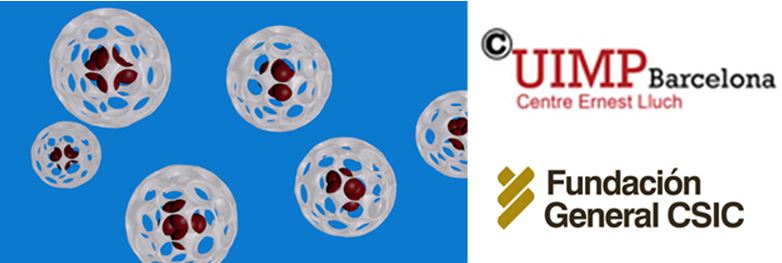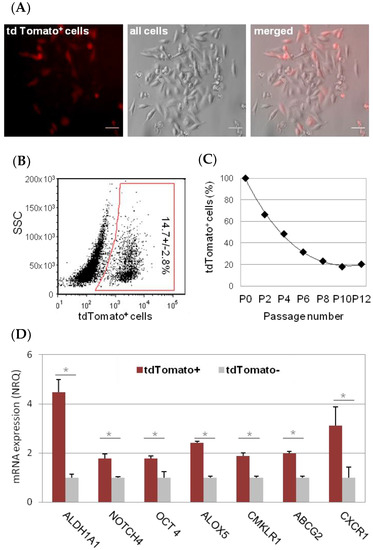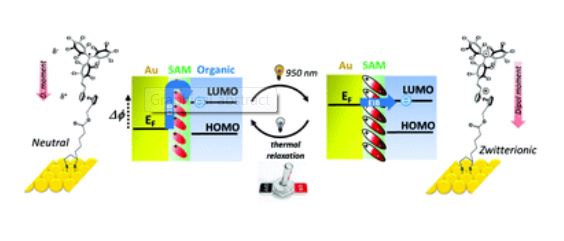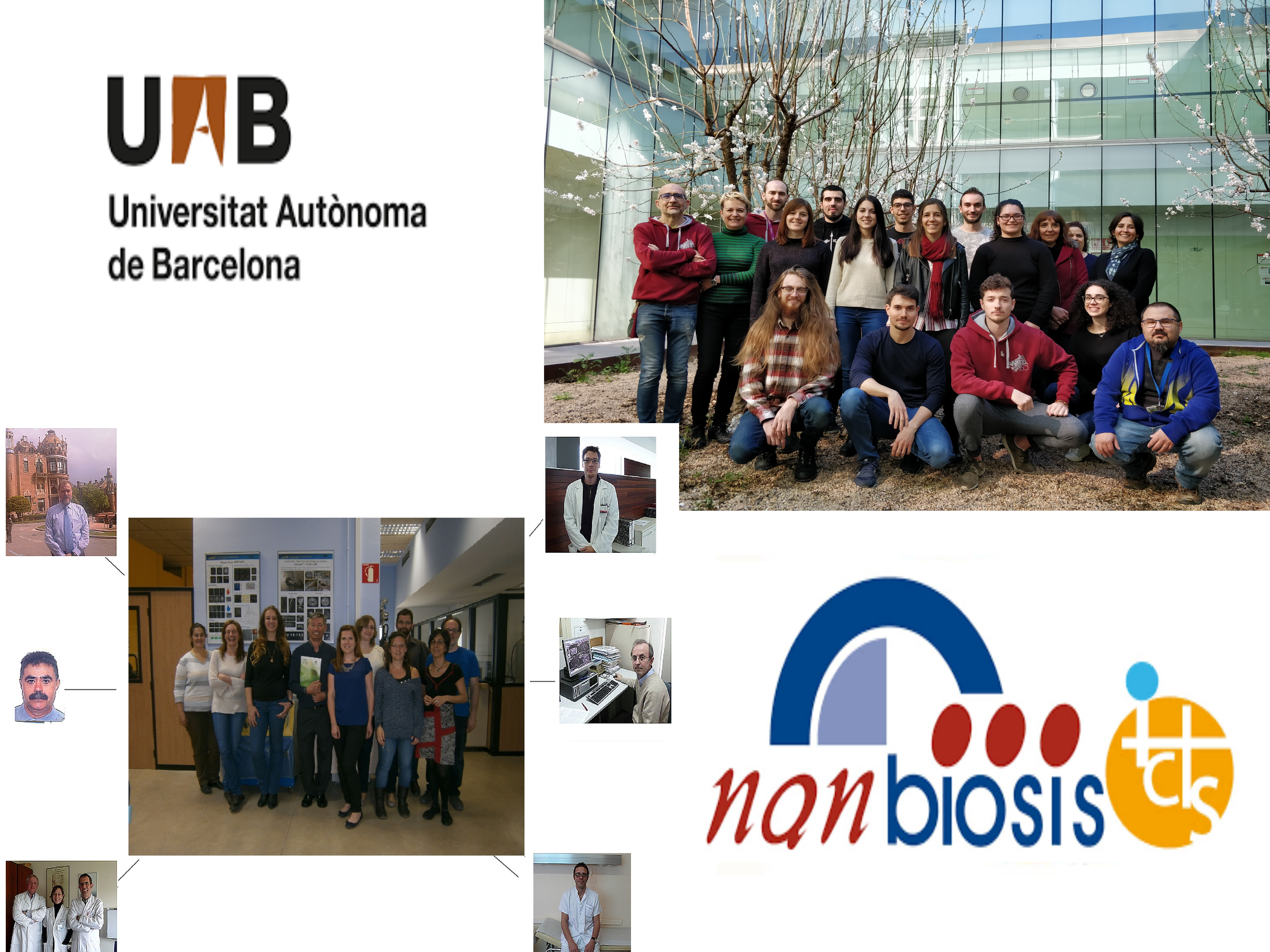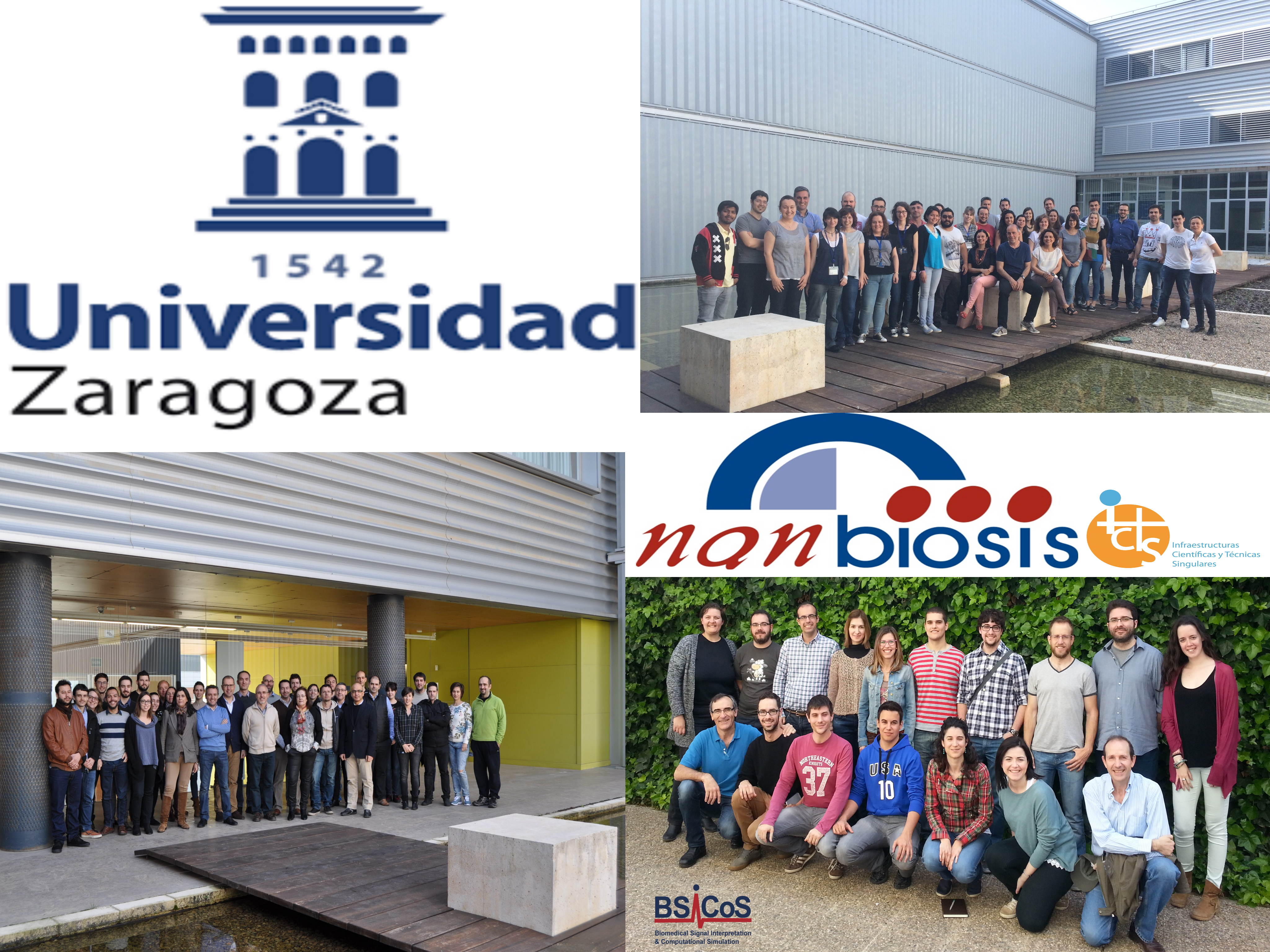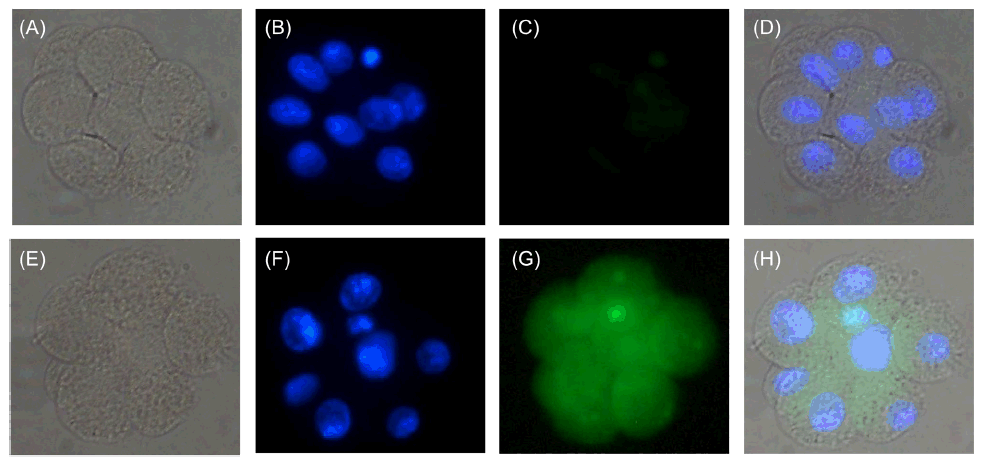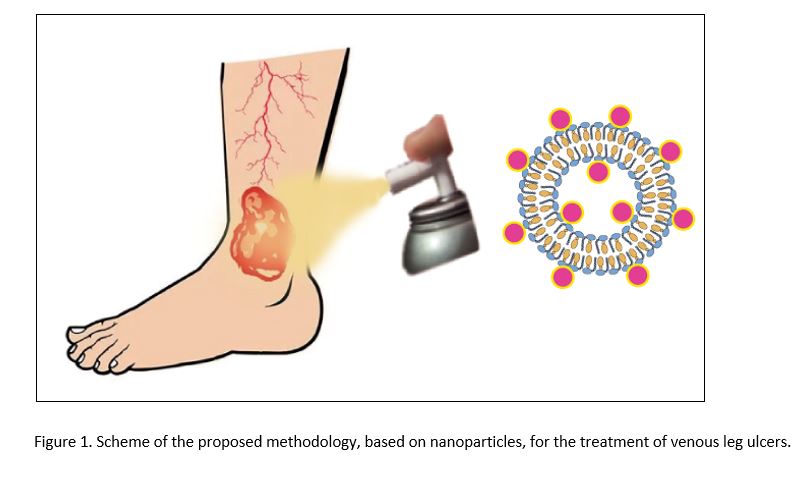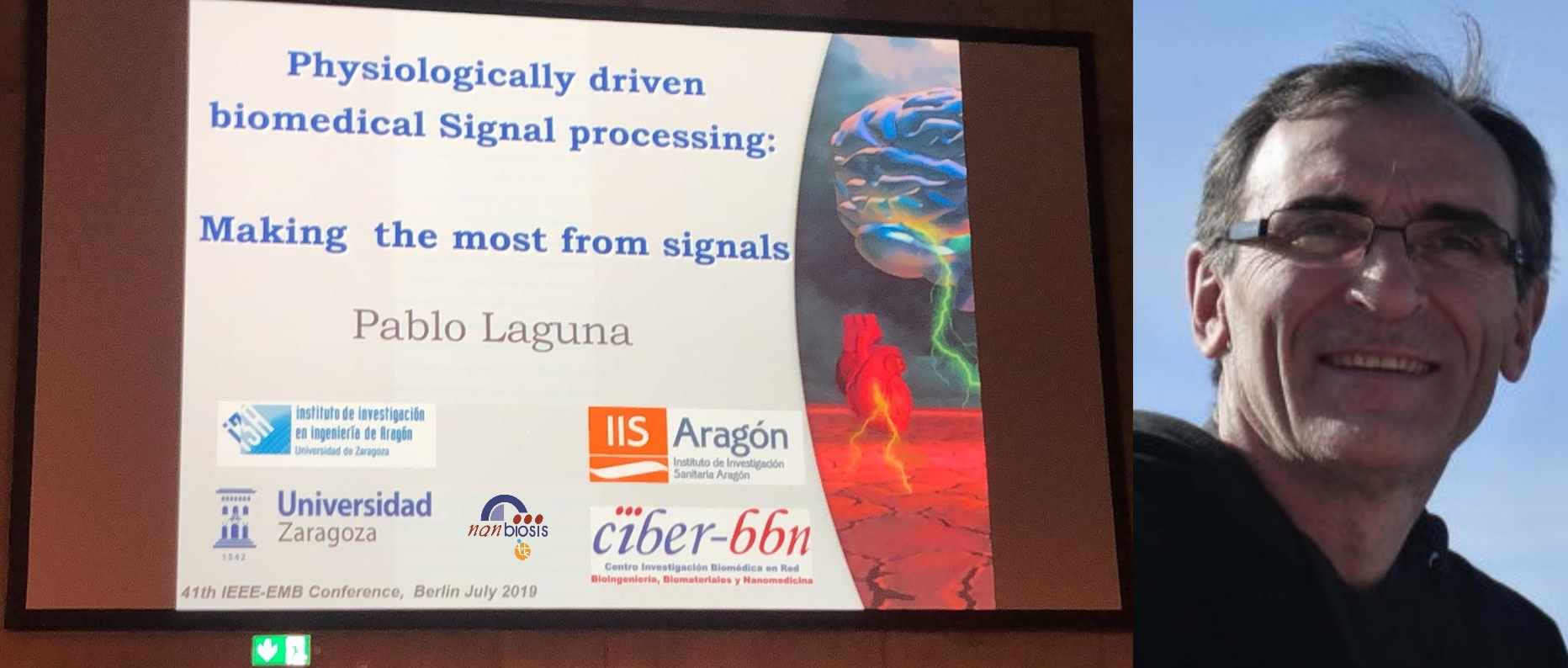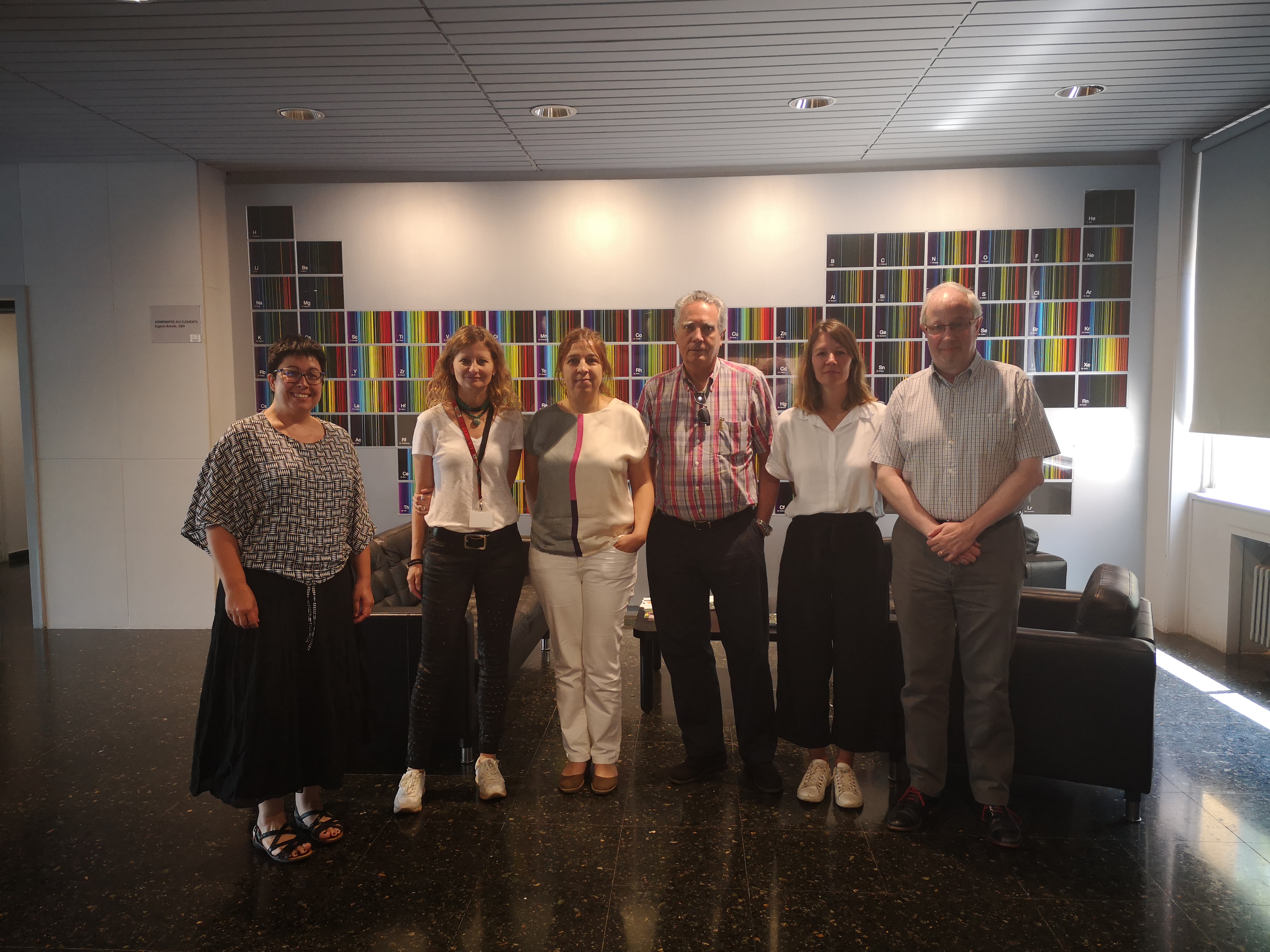NANO TECHNOLOGIES AND MICROENCAPSULATION course
Next October 15-18, the researchers of NANBIOSIS U12, Nanostructured liquid characterization unit, are giving a course on Nano Technologies and Microencapsulation organized by CSIC General Foundation and CUIMPB – Center Ernest Lluch of the Menéndez Pelayo International University (UIMP) in Barcelona.
The nano- and microencapsulation consists in the protection of active substances inside nano- and microcarriers, particularly labile molecules, improving their stability, with the aim of transporting them and achieving their controlled release. This topic is the subject of great interest in numerous fields and industrial applications. It is known that the performance efficiency of an active substance greatly increases with its encapsulation, depending on the size of the capsules, their transfer surface and the permeability properties of said capsules. In addition, the capsules can be directed specifically inside an organism, using suitable vectors.
The object of the course is to provide attendees with the basics of micro- and nanoencapsulation techniques, including fundamentals and preparation methods, as well as innovative applications in the chemical, cosmetic and pharmaceutical fields, among others.
The registration form and detailed information can be found on the CUIMPB website
